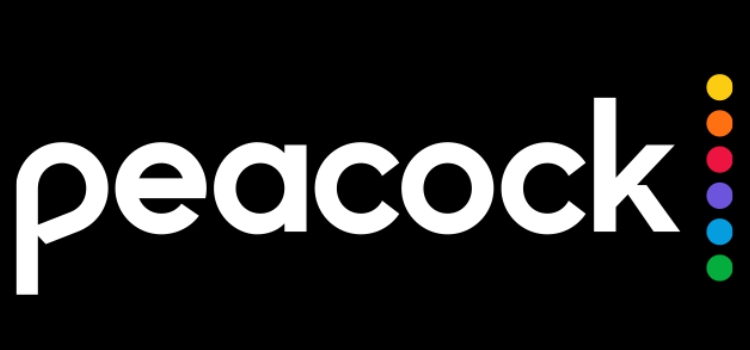
“Crafting Cohesive Marketing Campaigns: A Multichannel Masterclass”
Creating cohesive marketing campaigns across various digital channels is essential for reaching and engaging your target audience effectively. A well-coordinated campaign can amplify your message and increase brand visibility. Here’s a step-by-step guide on how to create cohesive digital marketing campaigns for maximum impact:
1. Define Your Campaign Goals:
Begin by clearly defining your campaign objectives. What do you want to achieve with this campaign? Common goals include increasing brand awareness, driving website traffic, generating leads, boosting sales, or promoting a specific product or service.
2. Know Your Target Audience:
Understand your audience’s demographics, interests, pain points, and online behavior. This information will guide your content and channel selection to ensure you’re reaching the right people.
3. Develop a Unified Message:
Craft a compelling and consistent message that resonates with your audience and aligns with your campaign goals. This message should be concise, memorable, and clearly communicate the value you offer.
4. Choose Your Digital Channels:
Identify the digital channels that are most relevant to your audience and goals. Common channels include:
- Social Media: Platforms like Facebook, Instagram, Twitter, and LinkedIn.
- Email Marketing: For targeted messaging to your subscriber list.
- Content Marketing: Blog posts, articles, videos, and other content on your website.
- Pay-Per-Click (PPC) Advertising: Google Ads, Bing Ads, or social media advertising.
- Search Engine Optimization (SEO): To improve organic search visibility.
- Display Advertising: Banner ads on websites and within apps.
- Video Marketing: YouTube, Vimeo, or video content on social platforms.
- Affiliate Marketing: Partnering with affiliates or influencers.
- Podcasts: Creating or sponsoring podcasts relevant to your industry.
5. Create Consistent Visual Identity:
Maintain a consistent visual identity, including logos, color schemes, and design elements, across all channels. This ensures brand recognition and reinforces your message.
6. Content Creation:
Develop high-quality content that aligns with your campaign’s message and goals. This content can include blog posts, videos, infographics, social media posts, and email newsletters.
7. Distribution Strategy:
Plan how and when you will distribute your content across the selected channels. Consider the timing, frequency, and sequencing of your messages to maximize impact.
8. Cross-Promotion:
Promote your campaign on multiple channels simultaneously to create a cohesive experience. For example, share a blog post on social media, send an email to your subscribers, and run PPC ads with the same messaging.
9. Personalization and Targeting:
Use data and analytics to personalize your messages and target specific audience segments. Tailored content and offers are more likely to resonate with your audience.
10. Monitor and Measure:
Implement tracking and analytics tools to monitor the performance of your campaign in real-time. Track metrics such as website traffic, click-through rates, conversion rates, and social engagement.
11. Optimize and Adjust:
Regularly review campaign data and make adjustments based on performance. Identify what’s working well and where improvements can be made. This iterative process ensures your campaign stays effective.
12. Test Different Approaches:
Don’t be afraid to experiment with different strategies, messaging, and channels. A/B testing can help you identify the most effective tactics.
13. Engage with Your Audience:
Respond to comments, questions, and feedback from your audience across all channels. Engaging with your audience fosters a sense of community and trust.
14. Measure ROI:
Evaluate the return on investment (ROI) of your campaign by comparing the costs incurred to the results achieved. This assessment helps you determine the overall success of your efforts.
15. Document and Learn:
After the campaign concludes, document your findings and lessons learned. This documentation will inform future campaigns and help refine your digital marketing strategy.
Conclusion:
Creating cohesive marketing campaigns across digital channels requires careful planning, a deep understanding of your audience, and ongoing monitoring and optimization. By following these steps and maintaining consistency in your messaging and branding, you can maximize the impact of your digital marketing efforts and drive meaningful results.



